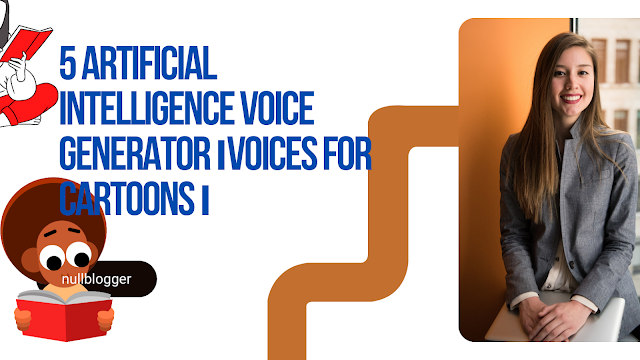The Bobbi Althoff AI Video Controversy: A Deepfake Dilemma
The Bobbi Althoff AI Video Controversy: A Deepfake Dilemma
In early 2024, podcaster and social media personality Bobbi Althoff became the target of a non-consensual AI-generated explicit video, commonly referred to as a deepfake. The video, which falsely depicted Althoff in compromising situations, rapidly gained traction on social media platforms, particularly X (formerly Twitter), amassing over 6.5 million views within 24 hours .Log in or sign up to viewMedium+1incidentdatabase.ai+1
🚨 Understanding Deepfake Technology
Deepfakes utilize artificial intelligence, specifically generative adversarial networks (GANs), to create hyper-realistic but fabricated videos or images. In Althoff's case, the technology was used to superimpose her likeness onto explicit content, making it appear authentic to unsuspecting viewers .Medium+6The Washington Post+6The Data Scientist+6
📢 Bobbi Althoff's Response
Upon discovering the video's circulation, Althoff promptly addressed the issue on her Instagram Story, stating: "Hate to disappoint you all, but the reason I'm trending is 100% not me & is definitely AI generated" . She emphasized the importance of verifying content authenticity and raised concerns about the ease with which such deceptive media can spread.ABC News+1The Data Scientist+1
🌐 Platform Responsibility and Moderation Challenges
The incident highlighted significant shortcomings in content moderation on social media platforms. Despite existing policies against non-consensual explicit content, the deepfake video remained accessible on X for over 30 hours, underscoring the challenges platforms face in promptly addressing such violations .ABC News+7The Washington Post+7Facengine+7incidentdatabase.ai+3Medium+3The Washington Post+3
🛡️ Legal and Ethical Implications
The proliferation of deepfake technology raises pressing legal and ethical questions. While some states have enacted laws against non-consensual deepfake pornography, there remains a lack of comprehensive federal legislation addressing the issue. The incident involving Althoff has intensified calls for more robust legal frameworks to protect individuals from similar digital abuses .ABC News+6Instagram+6Medium+6incidentdatabase.ai+1The Washington Post+1The Washington Post+1ABC News+1
💡 Monetization Strategies in the Age of AI
While the misuse of AI for creating deepfakes is concerning, ethical applications of AI video generation offer monetization opportunities:
1. Content Creation and Licensing
Utilize AI tools to create original, engaging content for platforms like YouTube or TikTok, monetizing through ad revenue and sponsorships.
2. Educational Materials
Develop AI-generated videos for educational purposes, offering courses or tutorials on platforms like Udemy or Coursera.
3. Marketing and Advertising
Create personalized marketing videos for businesses, enhancing customer engagement and conversion rates.
4. Virtual Influencers
Design AI-generated virtual influencers for brand collaborations, tapping into the growing market of digital personas.
🖼️ Image Prompt for Visual Representation
A digital illustration depicting the duality of AI technology: on one side, a content creator utilizing AI tools ethically; on the other, the shadowy misuse of AI for creating deepfakes, highlighting the importance of responsible AI usage.
❓ Frequently Asked Questions
Q1: What is a deepfake?
A: A deepfake is a synthetic media in which a person in an existing image or video is replaced with someone else's likeness using AI techniques.The Data Scientist+1The Washington Post+1
Q2: How can individuals protect themselves from deepfakes?
A: Regularly monitor your digital presence, use reverse image searches to identify unauthorized content, and report violations to platform administrators promptly.The Data Scientist+9Medium+9The Washington Post+9
Q3: Are there tools to detect deepfakes?
A: Yes, several tools and software solutions are being developed to detect deepfakes, including Microsoft's Video Authenticator and Deepware Scanner.
Q4: What legal actions can be taken against deepfake creators?
A: Legal recourse varies by jurisdiction, but victims can pursue actions under defamation, privacy violation, or specific deepfake-related laws where applicable.
📢 Call to Action
The Bobbi Althoff incident serves as a stark reminder of the potential misuse of AI technology. As we navigate the digital age, it's imperative to advocate for ethical AI use, support victims of digital abuse, and push for comprehensive legislation to combat malicious applications of emerging technologies.incidentdatabase.ai+3Facengine+3The Data Scientist+3




.png)



অর্ডিনারি আইটির নীতিমালা মেনে কমেন্ট করুন। প্রতিটি কমেন্ট রিভিউ করা হয়।
comment url